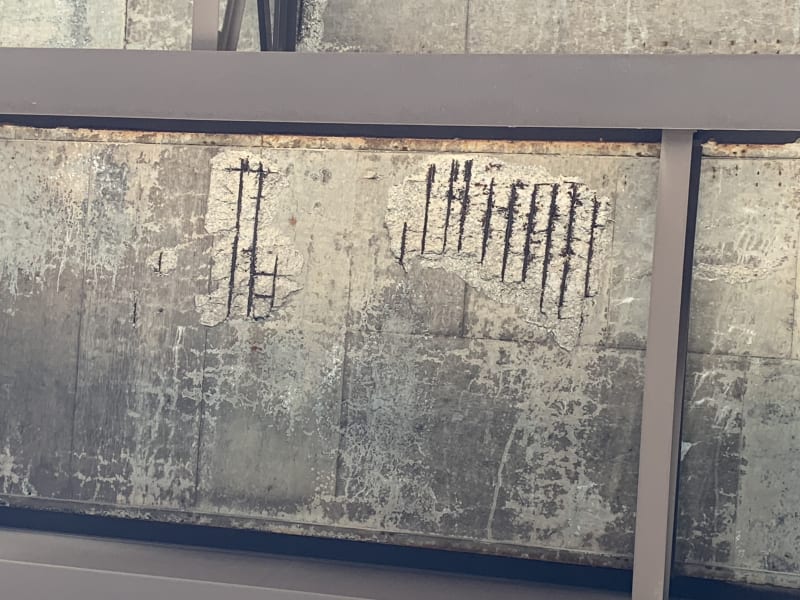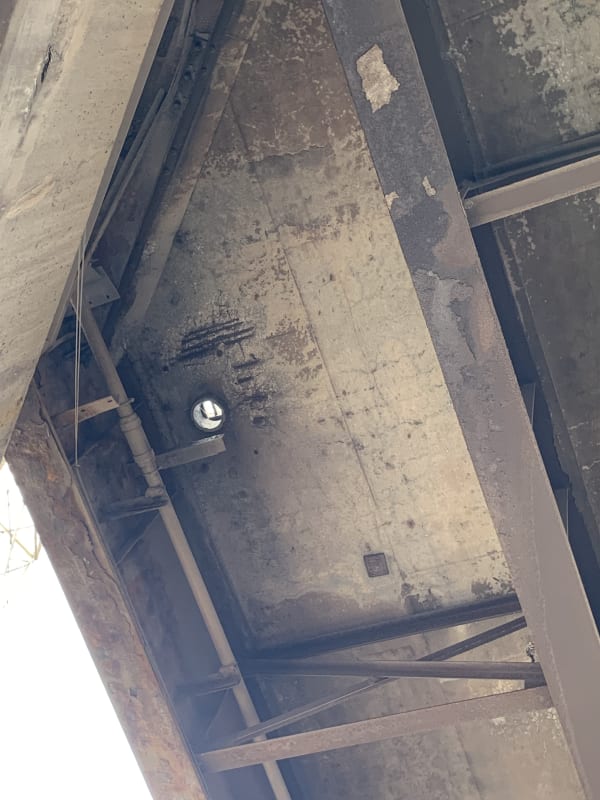OLDSOUL22
Structural
- Oct 6, 2021
- 32



Dear Fellow Engineers,
I work with a construction management company and one of our clients (private) hired us to design-repair structural deficiencies on one of their bridges (private property in an industrial environment). However their budget is coming short this year and they want to band-aid one of the most occurring findings on the bridge (the exposed highly corroded reinforcement rebars on the deck underside and the spalled concrete). My opinion was that this needs to be addressed immediately with full depth repairs procedure from the deck top side. They agree but they want to postpone the full depth repairs for 2 years where they will most likely fully reconstruct the deck and they want to stop the progression of corrosion into the steel rebars for now. (possibly sand blast the rebars and coat it with one or two coats of epoxy or One coat of a water-based barrier/corrosion inhibitor/passive protection system and leave it exposed till they reconstruct the deck).
My concern is that no coating will be able to fully cover the rebars all around and the corrosion rate might increase in the areas that didn't receive any coating.
Does any one here have experience with similar half-ass repairs? I would be interested if anyone ever done something similar.
Thanks in advance!
Sr. Project Engineer
MSc in Civil Engineering

![[sad] [sad] [sad]](/data/assets/smilies/sad.gif)